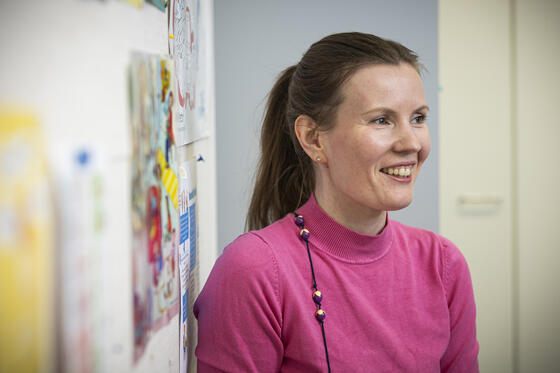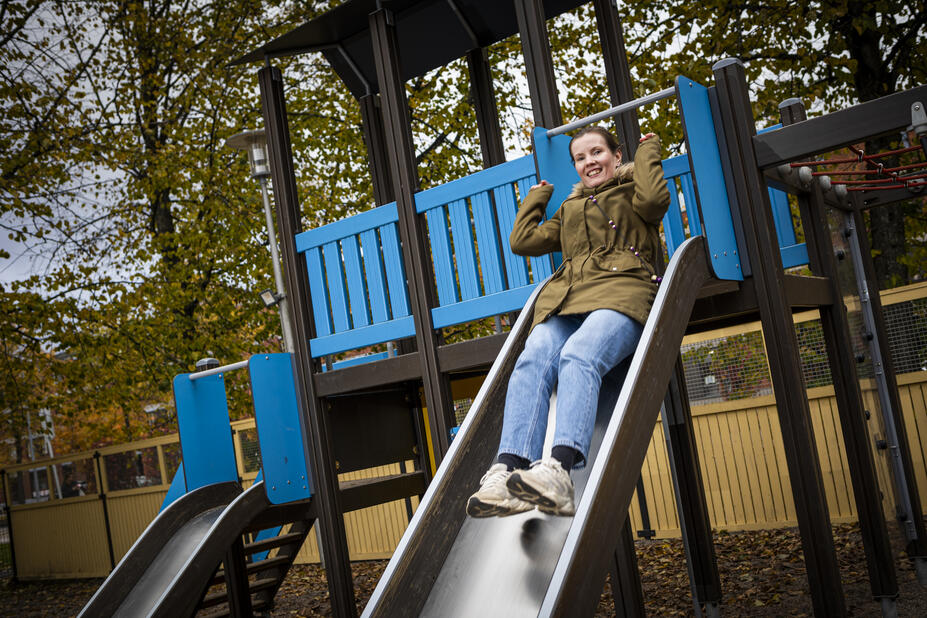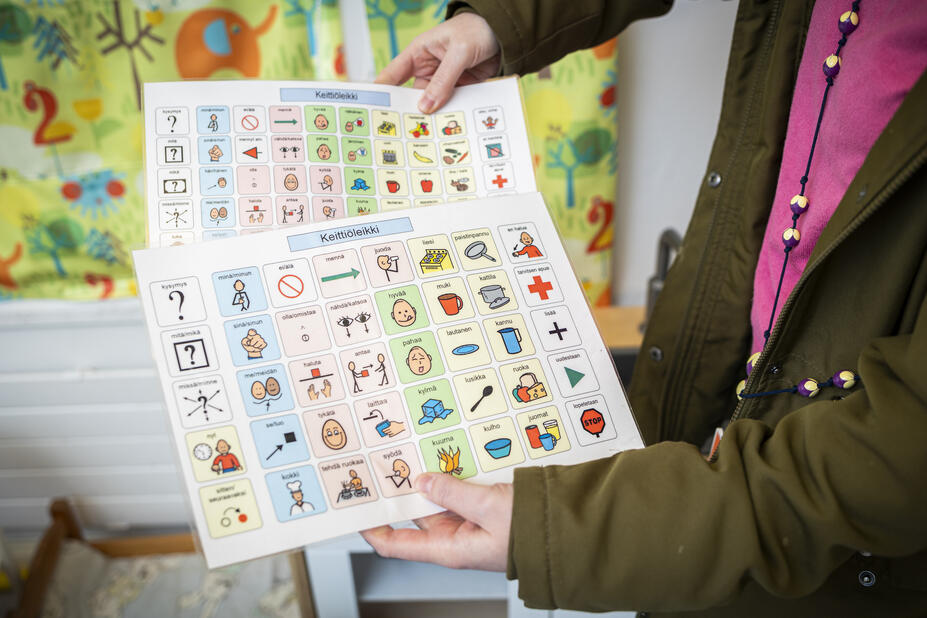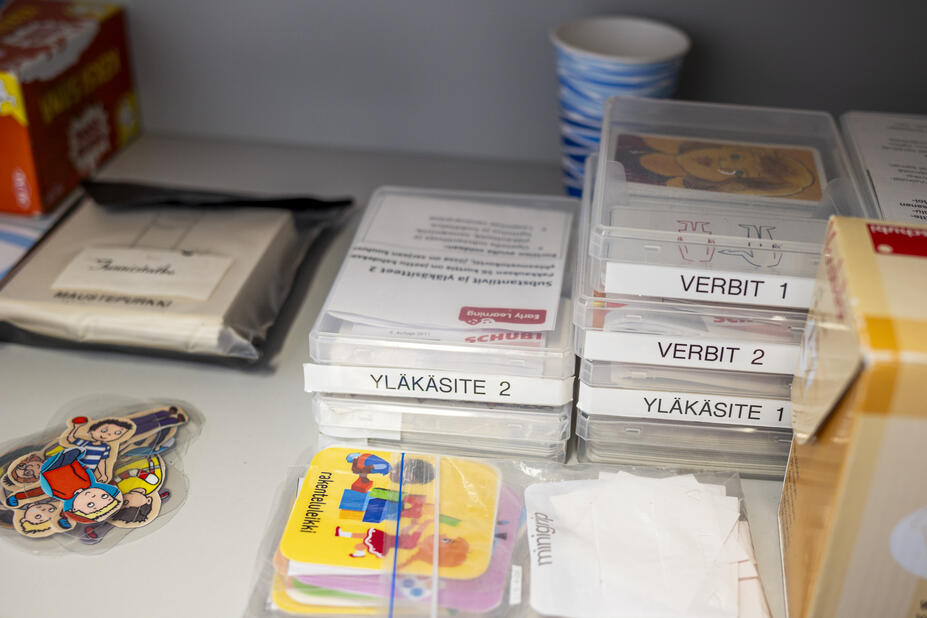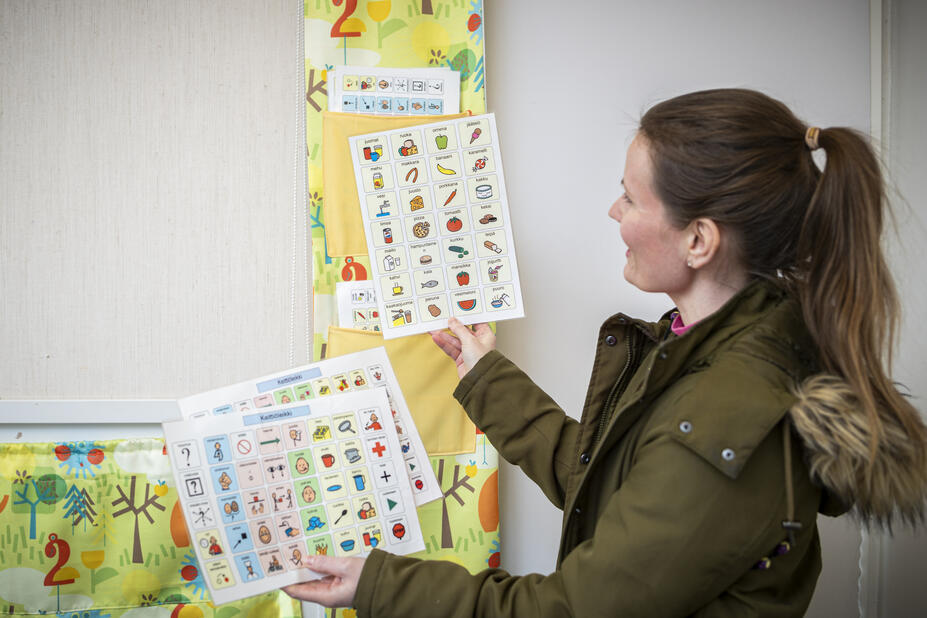It is a crisp autumn afternoon, and the daycare centre’s yard is filled with colourful leaves. Daycares Herukka and Mustikka form an early childhood education unit where Siru Varsamäki supports children learning Finnish as a second language.
– I have always been fascinated by languages, and I knew already from an early age that I wanted to be a language teacher, Siru Varsamäki says.
Siru’s first degree was in social services. She experienced working in daycare during her social service studies, but at that point, she did not plan to make her career in early childhood education. After graduating, she settled into social work as a social counsellor for adults and families. Around this time, she was also planning a groundbreaking trip to Brazil.
– I started learning Portuguese through an intensive course for my upcoming trip. I fell in love with the language and took every course I could find, but it still was not enough. I could not shake the dream of becoming a language teacher.
Return to daycare as an S2 teacher
To pursue her dream, Siru applied to study Portuguese philology at the University of Helsinki. Even though she graduated as a Portuguese language teacher, the degree also included Finnish language courses.
– During my studies, the manager of daycare Herukka, Onerva Annaniemi-Nguyen, encouraged me to do on-demand work at daycares in the capital area, Siru recalls.
When she did her first substitute job as an early childhood education teacher, she wondered why she had ever left daycare centre work.
– I remember thinking how much fun it was and that I wanted to do this forever.
When a full-time S2 teaching position opened up at Herukka, Siru seized the opportunity. Today, she teaches Finnish to children as part of her daily work.
– I get to combine my passion for languages with early childhood education. My profession merges the best of both worlds into one.
Siru has previously worked as a project coordinator, social advisor, and workforce planner. With social services, Siru often found herself constantly putting out fires, which sometimes felt exhausting. Return to the daycare centre offered an energising working environment.
– Children are the future, and they are full of energy. It is inspiring to work with them. This job allows me to combine the academic side with interaction. Besides, I would have way too much energy to just sit at a computer all day, Siru laughs.
